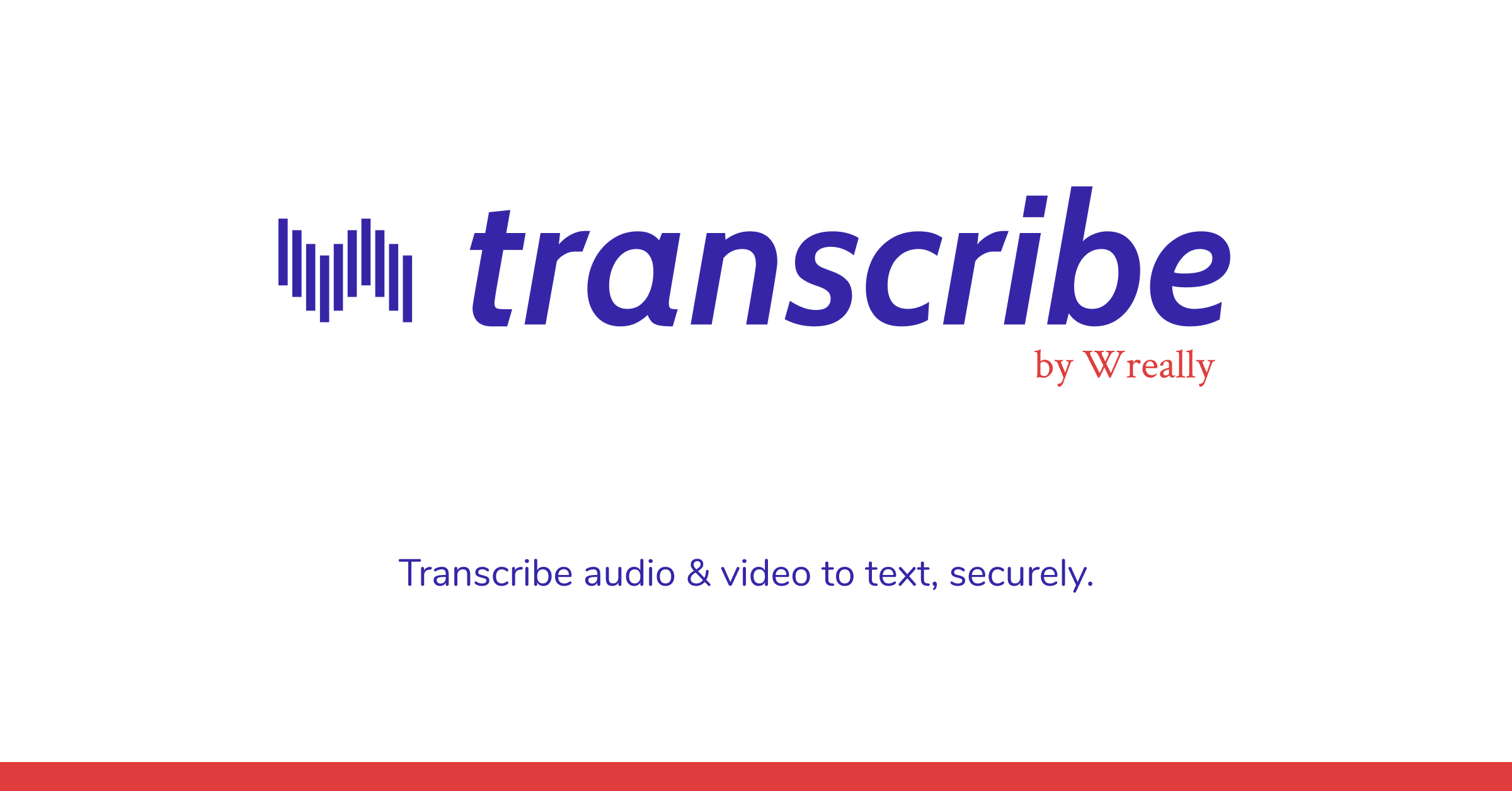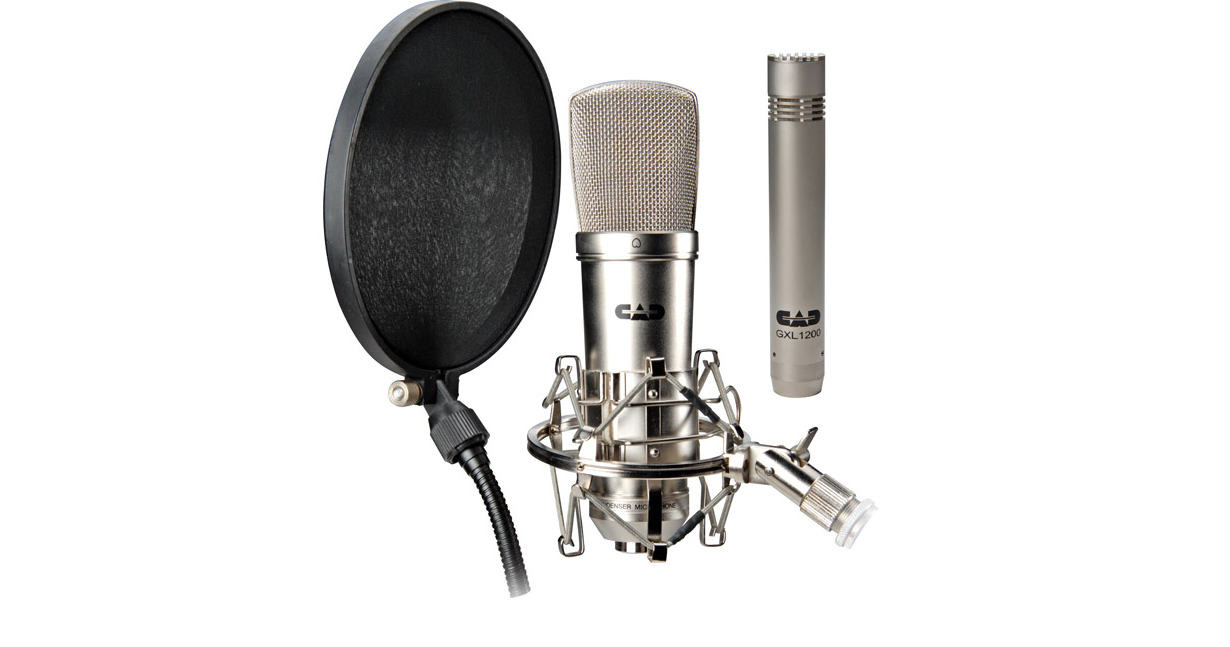

Will you be the only person referring to it or does it need to be accessible for several people with different needs and skills? Think about how important verbatim accuracy is. What is the purpose of the transcription? Do you need a completely accurate, word for word rendering of the interview in text, or do you simply need to condense it down to a series of bullet points? Is it simply a resource that’s needed for quick reference or is it something that you’ll need to reference repeatedly and in exact detail? A lawyer preparing a case based on a witness testimony will have very different needs to a market research executive referring back to consumer data in a presentation.Īsk yourself if you’ll need to refer back to the audio later or if you’ll be solely reliant on the document.

Identify what you want out of your transcript and think about what might affect the process Follow these steps to make sure that your transcription gets off to the best possible start: The better prepared you are, the smoother the transcription process will be. In transcription, as in all things, preparation is the key to success. Prepare before you start and identify what you need out of the interview transcription

Here is our step by step guide on how to create an interview transcription to help you simplify the process and get the accurate transcript you need. To ensure you manage it all, you need to prepare beforehand and give yourself time. But, to do it right, you need to take the right approach from the beginning.įirstly, you need to know how difficult this might be - it’s not only time-consuming, but it can be draining to repeatedly go back and try to be as accurate as possible. Writing your own transcript is certainly something you can do. There's little point paying a fee for a transcription service that is so riddled with errors that you need to fork out more for it to be completely rewritten.So, you’ve a recorded interview. There are a lot more transcription services available online, but while you may be tempted to shop around on price, it's also important to take account of error rates. The overall aim is to provide a hands-free service that can deal with one-to-one dictation as well as natural conversations, such as from business meetings, in order to produce searchable documentation that can help boost productivity and otherwise help with customer engagement. However, many professional transcription services also include a manual review process to ensure accuracy and a high success rate with the transcription. In effect, transcription services replace dictation services and at their most basic level offer a third-party platform that often uses artificial intelligence for voice recognition. While there are many apps for basic speech-to-text, they may not work too well with volume or be able to cope with some of the more technical areas of work, such as the legal and medical sectors.


 0 kommentar(er)
0 kommentar(er)
